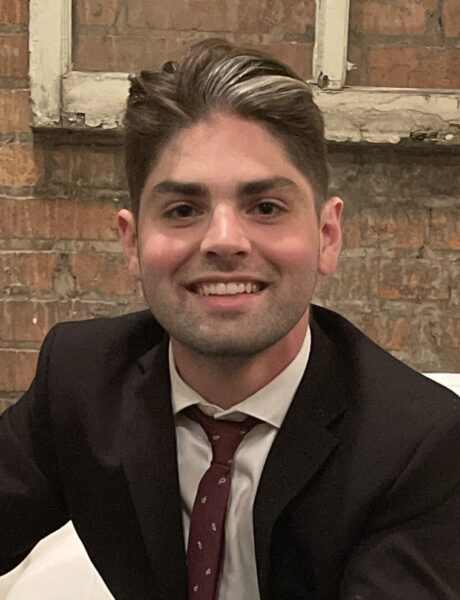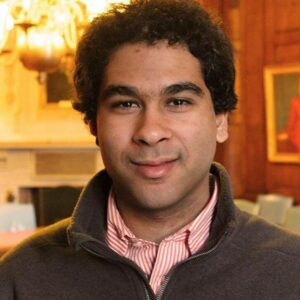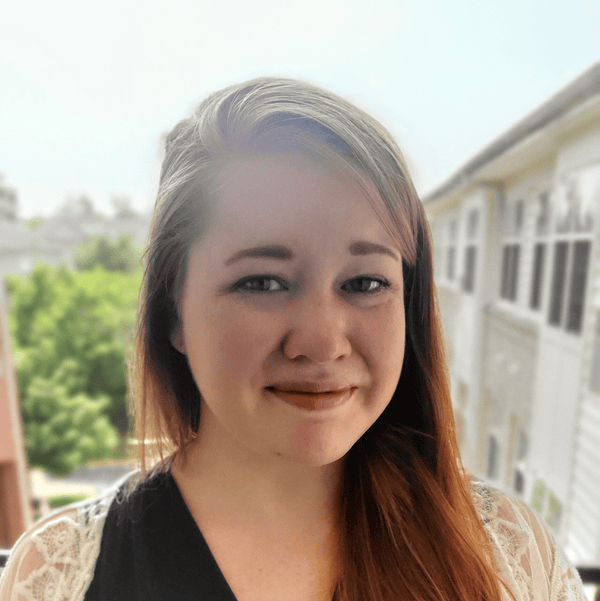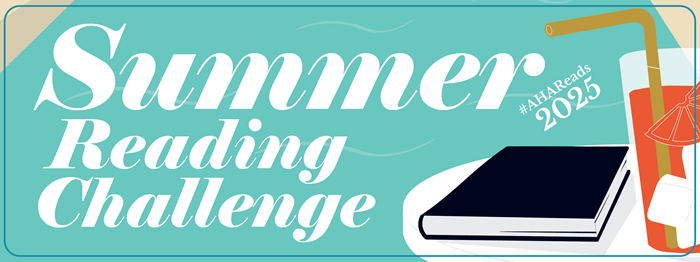The AHA welcomes the 2023–24 recipients of the Fellowship in Aerospace History and the Fellowship in the History of Space Technology. These annual fellowships support early career scholars doing full-time research in aerospace history and are funded by the National Aeronautics and Space Administration (NASA). Their review committees include representatives from the AHA, the Society for the History of Technology, and the History of Science Society. For 2023–24, Andrew Ross has been awarded the Fellowship in Aerospace History and Haris Durrani has been awarded the Fellowship in the History of Space Technology.
Ross, a PhD candidate at Georgetown University, will be working on his dissertation, “Ranges of Empire: US Missile Ranges, Planetary Infrastructure Building, and Global Militarism, 1945–1965.” The project examines the three primary US missile ranges as “areas of contested sovereignty between multiple, overlapping actors including but not limited to the United States federal government, US local governments, the British Empire, communities of the West Indies, Native nations, and Pacific archipelagos.”
Andrew Ross

Andrew Ross
Central to Ross’s dissertation is the question of how practices of sovereignty evolve in and adapt to a world of missile and satellite technologies. Initially intending to tell a story of “contested sovereignties within nuclear proving grounds,” he shifted focus as his research revealed close links between nuclear testing and missile testing. “Political issues related to militarized landscapes, nuclear warfare preparation, land dispossession, and state secrecy and surveillance were themes that have received solid research in nuclear test sites, but far less on missile ranges,” Ross said. “In my mind, nuclear and missile testing infrastructures were not only complementary to one another—they were two halves on the same coin.” Inspired by scholarship that conceptualizes sovereignty beyond traditional views of borders to include airspace, water rights, sacred sites, biodiversity, and bodily autonomy, Ross found that this expanded understanding of sovereignty is largely absent in the literature of US foreign policy after 1945. His dissertation engages with the ongoing discussion about the nature of sovereignty among historians of foreign relations. “I am following a trend here in scrutinizing ‘sovereignty’ that I think is really exciting for the field and is producing work which will continue to reshape how we view US state power and how it has operated historically,” he said.
I am following a trend here in scrutinizing “sovereignty.”
Ross hopes that his project will illustrate to historians of foreign relations “how rich and vital aerospace history is to their work.” He has begun his fellowship by conducting research at the National Archives in College Park, Maryland, and plans to visit other collections local to Washington, DC, including the Library of Congress, the National Academy of Sciences, the National Air and Space Museum, and the NASA History Office. He is most excited, however, about his planned trips to the White Sands Missile Range in New Mexico and the Western Range at the University of Hawaiʻi at Mānoa in Honolulu.
Durrani is a PhD candidate at Princeton University and will use his fellowship to work on his dissertation, “A Satellite for All: Law, Technology, and Empire in the Global Cold War, 1959–1968.” The project offers a legal history of the first synchronous communications satellite, Syncom 2, a joint project between NASA and Hughes Aircraft Company that was launched in 1963. “Achieving synchronous orbit was a monumental technical feat with significant political, military, and economic implications, particularly for US extraterritorial power during decolonization and the global Cold War. As a result, the satellite drew conflicts over a dizzying array of legal instruments,” Durrani explained. His study of these conflicts provides insight into broader changes to property, jurisdiction, and sovereignty in the mid-20th century.
Haris Durrani

Haris Durrani
“The satellite chose me,” Durrani said of his dissertation topic. As an undergraduate engineering student working at Boeing’s satellite facility in El Segundo, California, he took classes in postcolonial studies and legal history and became interested in the legal and political aspects of his work. While attending the University of Cambridge for a master’s degree in philosophy and then law school at Columbia University, he continually encountered Syncom 2 as he researched the historical connections among law, spaceflight, and decolonization. He came to the see the satellite as “a kind of inception point for larger debates about the laws governing US empire and its technologies.” It also appeared often in his reading on the intellectual history of US property theory. “I’d never meant to write a microhistory of a single satellite. But everywhere I looked, I saw Syncom 2,” he said. “I became so obsessed with it that I even created, from scratch, a LEGO model. This also helped me visualize what the patent files and technical documents could not.” He even realized that the Boeing facility he had worked in as an engineering student was an institutional legacy of the one that had developed the Syncom satellites. “Every morning and evening on my way into and out of work, I had walked past a model of Syncom 2 proudly displayed in the facility’s antechamber.”
Everywhere I looked, I saw Syncom 2.
His dissertation was also partially inspired by an article he wrote for Cosmic Fragments: Dislocation and Discontent in the Global Space Age (Univ. of Pittsburgh Press, 2024), edited by Asif Siddiqi, and the work of other scholars who are thinking about the relationship between spaceflight and decolonization during the Global Cold War. “Some officials and engineers from developing nations, such as Cuba, saw synchronous satellites as projects of a continuing US empire,” Durrani said. “What is interesting is many Americans viewed the satellites the same way—they just didn’t see it as a bad thing. This is the chief interest of the dissertation: How was US global power changing, if at all, and how did people invent histories of empire along the way?”
Durrani feels that a history of Syncom 2 will be an important contribution to the relatively sparse work on early communications satellites. More broadly, though, he wants to integrate law into the history of spaceflight. Patents and contracts were integral to the development, operation, and commercialization of satellites, he says, and nonbinding international regulations, smaller bilateral agreements, and private law are where “the rubber really hits the road” in the intersection of law and technology.
Durrani plans to spend his fellowship traveling to the National Archives, the Smithsonian archives, and the Library of Congress in the Washington, DC, area; the John F. Kennedy Presidential Library Archive in Boston; Stanford University and the Huntington Library in California; Princeton’s Mudd Library and the AT&T archives in New Jersey; and Cuba, where he is looking forward to researching the Cuban perspective of the international debates over US attempts to allocate radio frequencies for synchronous satellites.
Congratulations to our new fellows! We are excited to see the work they do. Applications for the AHA’s 2024–25 NASA fellowships will open in October 2023.
This work is licensed under a Creative Commons Attribution-NonCommercial-NoDerivatives 4.0 International License. Attribution must provide author name, article title, Perspectives on History, date of publication, and a link to this page. This license applies only to the article, not to text or images used here by permission.



